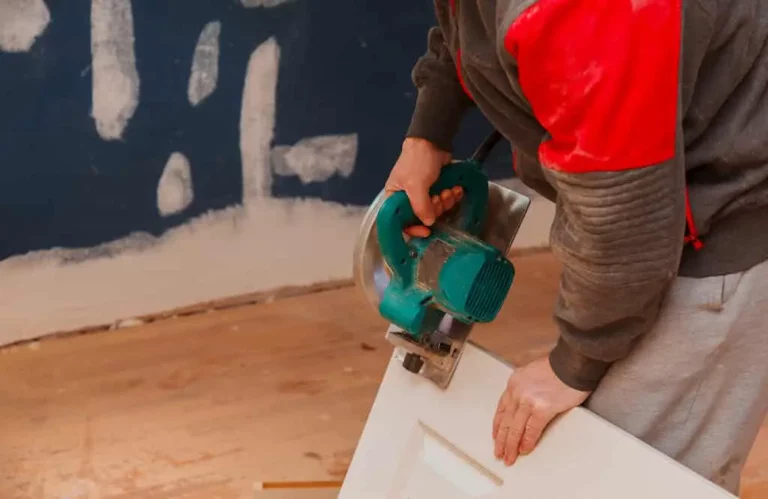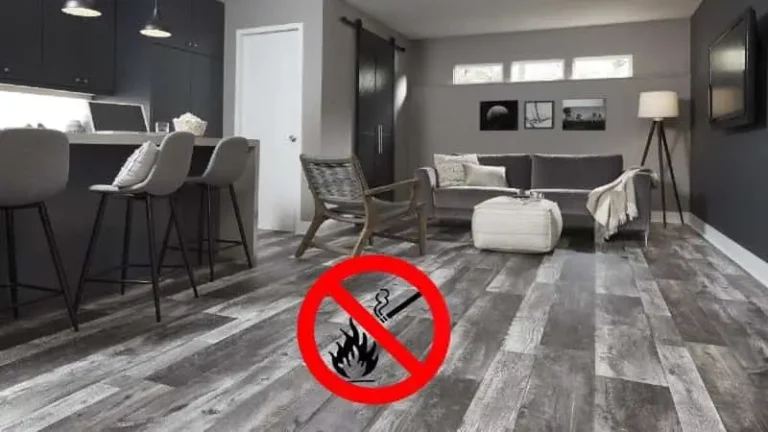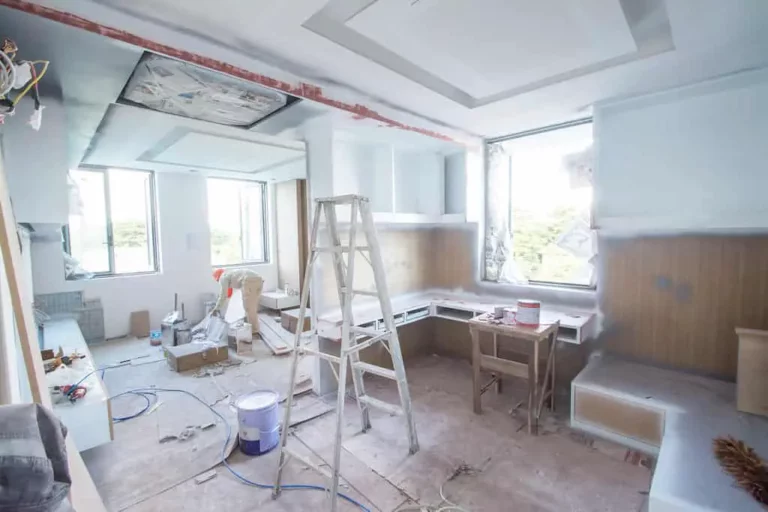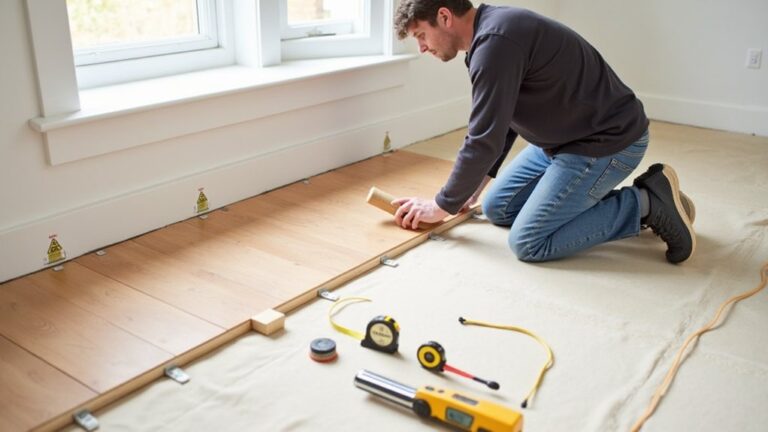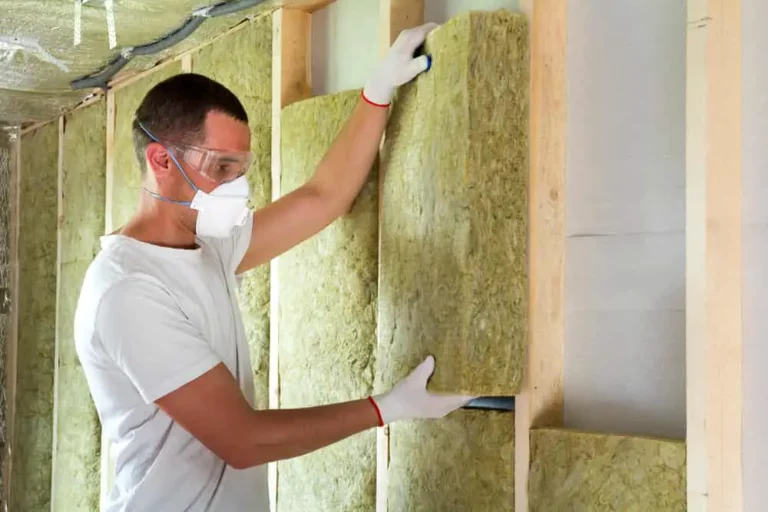What Is The Cheapest Roof Shape To Build?
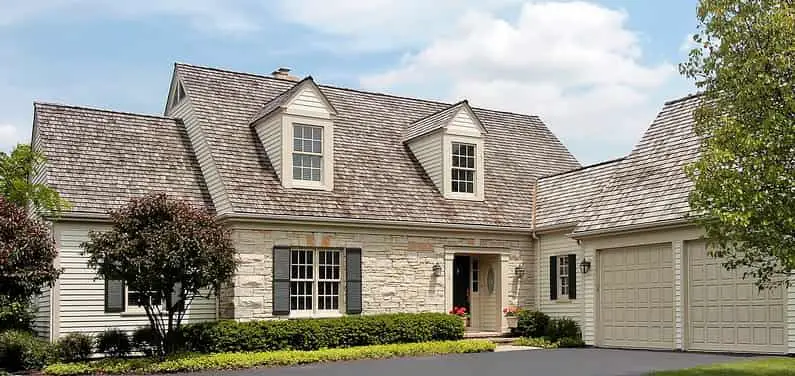
Driving through many neighborhoods is often a fascinating exercise. The difference in house construction methods, styles, gardens, and roof shapes is a testament to human beings’ ingenuity. While many decisions are based on the climate conditions in that area, they are also strongly influenced by the budgets available when the house is built. So, what is the cheapest roof shape to build?
The three cheapest types of roofs to build are the flat roof, the gable roof, and the Mono Pitch Roofs. The final cost, however, will depend on the cost of the material chosen as the cladding, and while the options are limited to flat roofs, the other two can accept most materials.
Once you have chosen the optimal shape for a new house, you must choose from a dizzying array of roofing materials. In this regard, be careful not to choose purely based on price but, instead, also keep the length the material is estimated to last.
The Cheapest Roof Shape To Build
When considering which roofing method and shape is the cheapest to use in construction, it is important to consider the definition of “cheaper.”
A roof that costs 50% more to design, purchase, and erect, but will last for twice as long, is the cheaper roof in the long run.
We will keep this concept in mind as we work through this article.
The shape of the roof possible for a domestic house depends on the material used in its construction.
The simpler the roof design, the lower the cost to build, and of course, the greater the complexity, the higher the final cost.
Some of the more commonly shaped roofs include the following.
- Dormer Roofs
- Flat Roofs
- Gable Roofs
- Hip or Hipped roofs
- Pitched Roofs
- Mono-Pitched Roofs
Dormer Roofs.
A dormer roof is a gable or pitched roof with a window that protrudes from the existing slope of the roof, included within the structure.
While some dormers are purely for aesthetic value and serve no useful purpose, others have a function and create usable space out of the roof of a building.
Dormers are an effective way of adding light to a dark room.
Dormers are nor expensive than the other roofs listed below.
Flat Roofs
Being a flat roof does not mean that it is level. All well-built “flat” rooves will be built slightly to allow water to drain off and not collect.
Flat roofs are most commonly covered with EPDM rubber, single-ply (TPO, PVC), modified bitumen, built-up roofs (BUR), and spray polyurethane foam.
While flat roofs are relatively low cost and long-lasting, they are not the cheapest because they require builders to construct them and install vents, drains, and extra underlayment.
Flat roofs are, however, cheaper than pitched roofs.
Gable Roofs
A typical gable roof is two-sided and built at an angle to each other – similar to Snoopy the cartoon dog and his dog house. Gable roofs can be at almost any angle and can be built from virtually any material.
A gable-style roof with asphalt roofing shingles is one of the cheapest roofs to build on a residential home.
The downside with gable roofs is that they are vulnerable to winds collecting under the gables and blowing the roof off in hurricane areas.
Hip Or Hipped Roofs
Hipped roofs usually have four sides – two of which are triangular, and the other two are trapezoids.
The average hipped roof is normally more expensive than a typical pitched roof, mainly due to the complex designs of the hipped roofs.
Pitched Roofs
Pitched roofs are a commonly used design in the American Northwest.
A Pitched roof has the following characteristics.
- A pitched roof has a peak.
- A pitched roof slopes downwards.
- The downward slopes are often in two parts.
- The downward slopes connect at an angle in the center ridge of the roof.
- A pitched roof enables architects to design tall attics on the inside.
Pitched roofs cost more than Gable Roofs and flat roofs and take longer to install.
Mono Pitch Roofs
Mono pitch roofs are essentially flat roof which has a pitch.
Because there are no gables, hips, or dormers, Mono pitch roofs are one of the cheapest to erect.
However, the flat and gable roofs are more expensive because they require more cladding.
The Different Types Of Roofs And Shapes
A vast array of roofing materials are manufactured for the construction of private houses in North America, including the following.
The various options available to North American homeowners include the roof materials in the list below.
| Type Of Roof | Cost Estimate | Life Expectancy | Cost per square foot per year |
| Aluminum shingles | $8.50 to $13.75 per square foot | 50 years | $0.17 to $0.28 |
| Architectural asphalt shingles | $4.50 to $12.25 per square foot | 15-30 years | $0.23 to $0.61 |
| Basic Asphalt Shingles. | $4.25 to $8.25 per square foot | 20 years | $0.21 to $0.41 |
| Built-Up Roofing (BUR). | $8.00 to $14.00 per square foot | 50 years | $0.16 to $0.28 |
| Clay roofing | $7.80 to $14.05 per square foot | 150 years | $0.05 to $0.09 |
| Composite Shingles. | $7.50 to $13.00 per square foot | 50 years | $0.15 to $0.26 |
| Concrete tiles. | $4.00 to $7.20 per square foot | 60 years | $0.06 to $0.12 |
| Green roofs. | $10.00 to $50.00 per square foot | 40 to 50 years | $0.22 to $1.11 |
| Metal Shingles. | $5.50 and $11.50 per square foot | 40-70 years | $0.10 to $0.20 |
| Metal roofing | $5.50 and $11.50 per square foot | 40-70 years | $0.10 to $0.20 |
| Membrane Roofing, e.g., EPDM, PVC, and Thermoplastic Polyolefins (TPO), are synthetic roofing materials. | $5.25 and $12.50 per square foot | 40 years | $0.13 to $0.31 |
| Rubber slate. | $8.00 to $11.00 per square foot | 50 years | $0.16 to $0.22 |
| Slate Shingles. | $12.00 to $22.00 per square foot | 75 to 200 years | $0.06 to $0.11 |
| Solar tiles roofing. | $21.00 to $25.00 per square foot | 75 to 90 years | $0.25 to $0.28 |
| Standing Seam Metal Roofing. | $8.00 to $14.00 per square foot | 50 years | $0.16 to $0.28 |
| Steel Shingles | $8.00 to $12.65 per square foot | 40-70 years | $0.15 to $0.23 |
| Stone-coated steel. | $5.00 and $11.00 per square foot. | 40-70 years | $0.09 to $0.20 |
| Synthetic Slate Tile | $5.00 to $10.00 per square foot | 100 years | $0.05 to $0.10 |
| Transparent materials | $4.00 to $16.00 per square foot | 10 years | |
| Wood Shingle or Shakes Roofing | $8.00 to $14.30 per square foot | Cedar: 30 to 50 years or more. Wallaba: 35 to 60 years or more. Teak: 50 to 80 years or more | Cedar: $0.20 to $0.36Wallaba: $0.17 to $0.30Teak: $0.12 to $0.22 |
As seen from these figures, the most expensive rooves to install often end up being the cheapest over the estimated roof life.
Conclusion
The cheapest roofs to build are flat roofs, gable roofs, and mono-pitched roofs. However, the material used to clad the roof is of equal importance to the shape and how long it is estimated to last.
